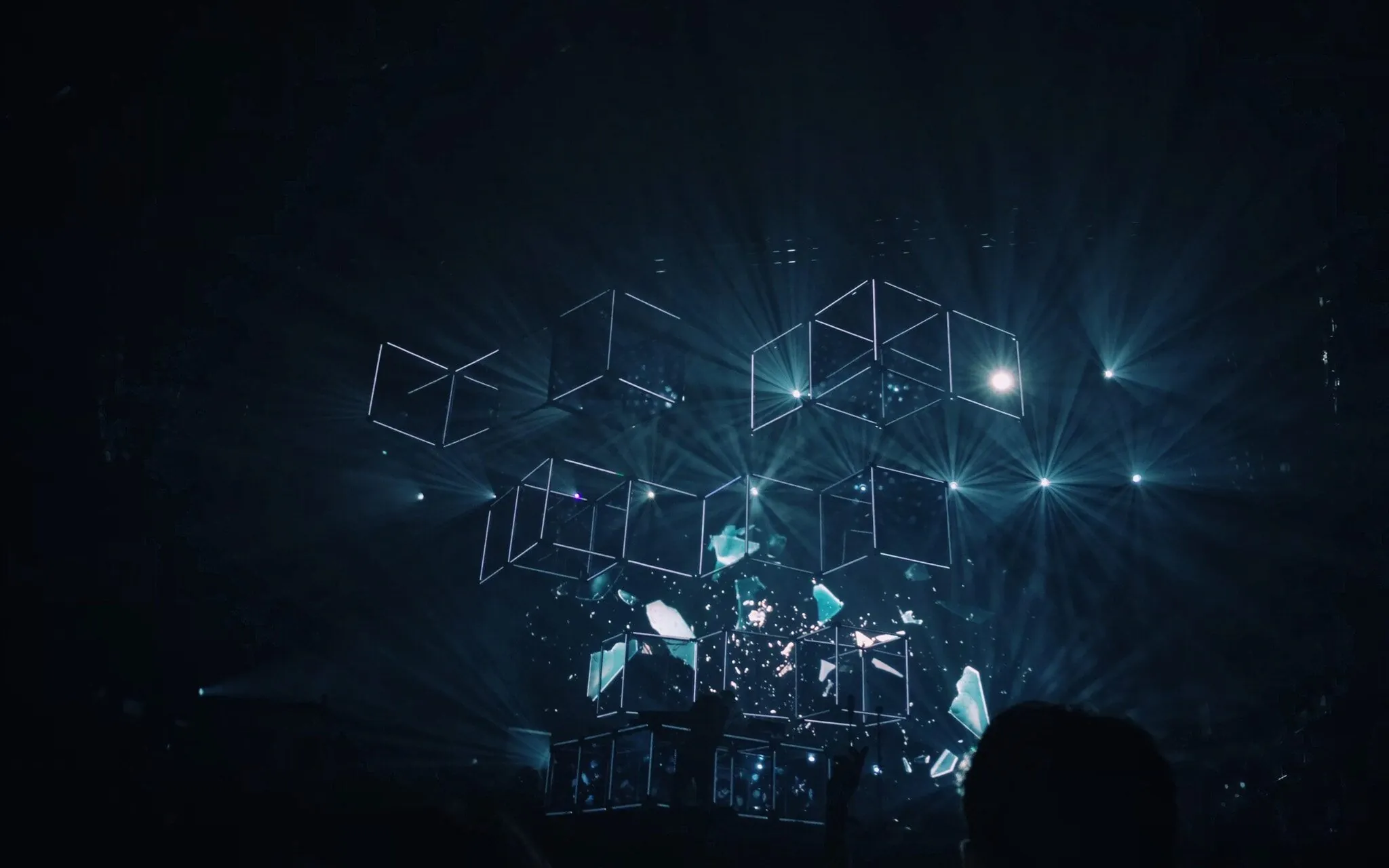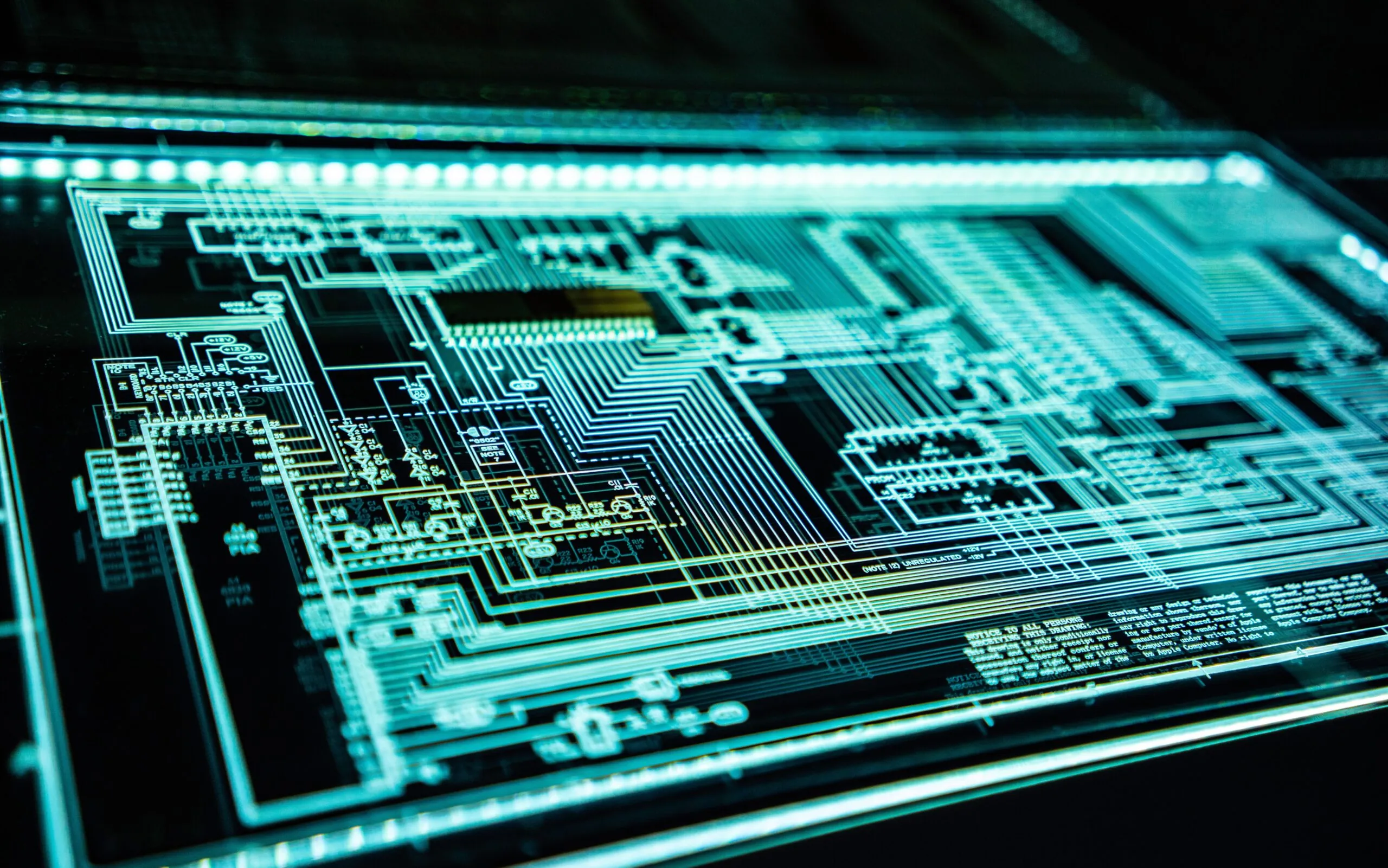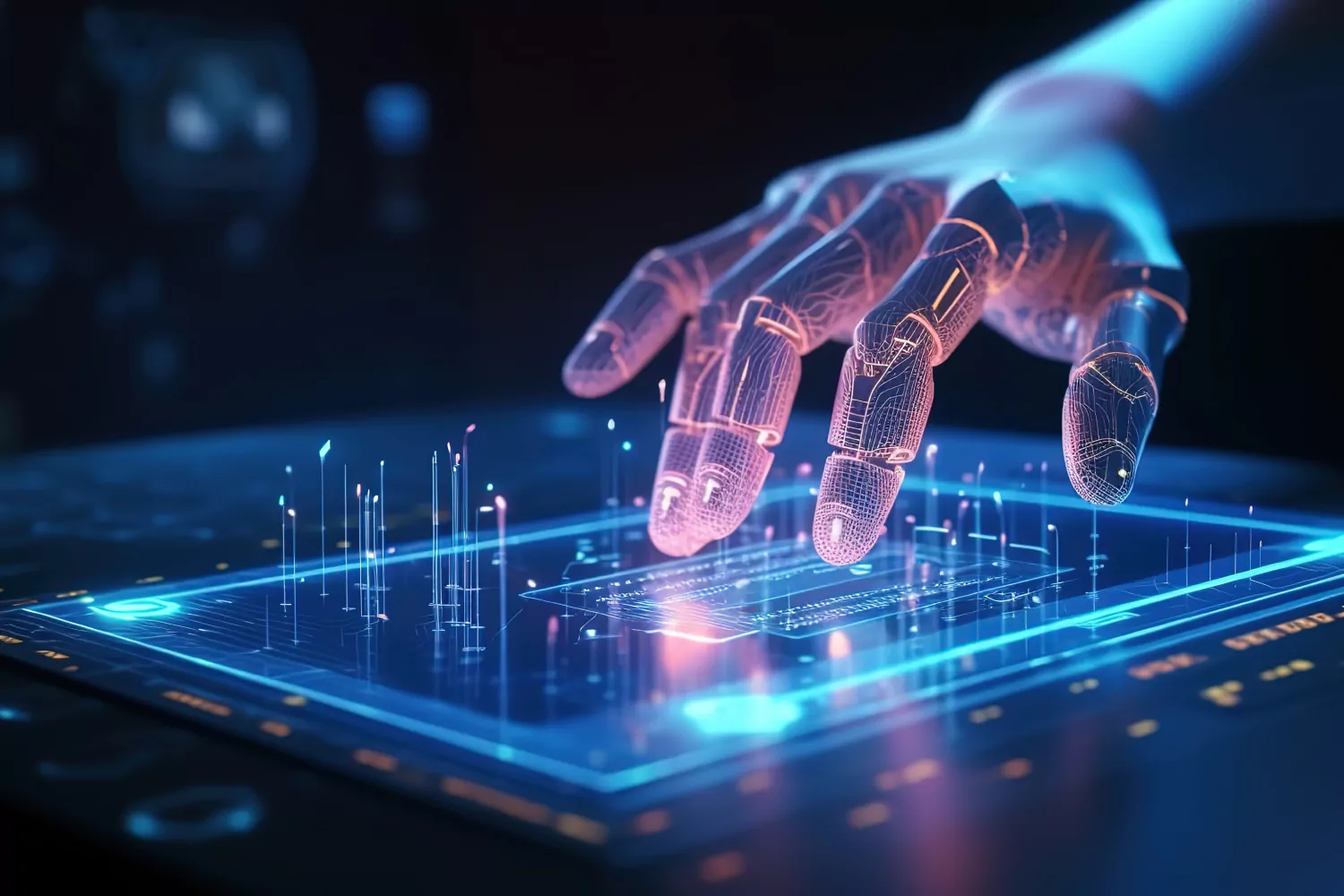Artificial Intelligence (AI) has become integral to our daily lives, revolutionizing how we work, play, and interact with the world. But what exactly are the different types of AI? How many forms of artificial intelligence exist, and what are their unique characteristics? In this blog post, we delve into the diverse world of AI, exploring its various types, levels, and categories.
Understanding the Basics: What is AI?
Before diving into the different types of AI, it’s essential to understand what AI is. AI is the simulation of human intelligence in machines that are programmed to think and learn like humans. The primary goal of AI is to create systems capable of performing tasks that would typically require human intelligence, such as visual perception, speech recognition, decision-making, data analytics, and language translation.

Types of AI: An Overview
Artificial Intelligence (AI) is incredibly diverse, encompassing a range of systems from primary reactive machines to highly advanced, self-aware entities. Here, we delve deeper into the four main types of AI, exploring their capabilities, applications, and the future potential they hold.
Reactive Machines
These are the most basic types of AI systems that can react to specific situations and inputs. They don’t have memory-based functionality, so they cannot use past experiences to inform current decisions. A classic example is IBM’s Deep Blue, which defeated chess champion Garry Kasparov in 1997.
Characteristics:
- Task-Specific Intelligence: Reactive machines excel at specialized tasks. They are programmed to respond to a limited set or sequence of inputs, making them highly efficient but not adaptable to new environments or tasks.
- No Learning or Adaptation: Unlike other forms of AI, these machines cannot learn or adapt from past experiences. They operate solely based on the algorithm written for them.
Examples:
- IBM’s Deep Blue: This chess-playing computer made headlines when it defeated world champion Garry Kasparov. Deep Blue could anticipate possible moves and select the most strategic one, but it couldn’t learn from past games.
- Google’s AlphaGo: Another example in games is that AlphaGo uses a type of reactive machine AI to play the board game Go; it has been taught by analyzing many potential moves, but without the ability to learn from current play with an opponent.
Real Use Case: Erra – a Modular Framework for AI-Driven Object Detection
Limited Memory AI
These AI systems can use past experiences to make current decisions. Most present-day AI applications, including self-driving cars and chatbots like OpenAI’s GPT series, fall under this category.
Characteristics:
- Learning from the Past: These AI systems can reflect on recent history to make decisions. This learning is usually limited to a short timeframe.
Examples:
- Self-driving Cars: These vehicles use sensors to observe their surroundings and internal data to make decisions, like when to change lanes or stop.
- Chatbots like OpenAI’s GPT Series: These AI systems learn from a vast human language database to generate contextually relevant responses.

Theory of Mind AI
This is a more advanced type of AI that researchers are currently developing. Understanding and remembering emotions, beliefs, and needs that affect human behavior is expected. This level of AI will be more interactive and personal.
Characteristics:
- Emotion and Thought Understanding: This advanced AI aims to understand and respond to human emotions, beliefs, and thought processes.
- Interpersonal Interaction: The goal is to enable machines to interact more human-likely, understanding verbal cues and body language.
Potential Applications:
- Healthcare: Understanding emotions and reactions could significantly affect patient care.
- Education: Understanding students’ emotional and cognitive states could provide personalized learning experiences.
Self-aware AI
This represents the future of AI, where machines will have their consciousness and self-awareness. This type of AI is still theoretical and a subject of science fiction.
Characteristics:
- Consciousness and Self-awareness: At the pinnacle of AI development, these systems would possess their consciousness and self-awareness, akin to human-level intelligence.
- Ethical and Philosophical Implications: This type of AI raises significant ethical questions about machine rights and the nature of consciousness.
Potential and Challenges:
- Futuristic Applications: The potential applications are vast and largely speculative, from completely autonomous decision-making systems to new interactions between humans and machines.
- Current Status: This type of AI remains in the realm of science fiction and theoretical research, with no practical implementations yet.
As you can see, the evolution from reactive machines to the concept of self-aware AI showcases the rapid advancement and broad scope of artificial intelligence. Each type of AI holds unique possibilities and challenges, promising to revolutionize various aspects of human life and work as we continue to explore and develop these technologies.
Machine Learning: Object Counting for an Industrial Shrimp Farm
The Evolution of AI: From Narrow Focus to General Intelligence
Artificial Intelligence (AI) has been a revolutionary technological force, evolving from simple, task-oriented applications to complex systems with the potential for broad, human-like understanding. This journey from Narrow AI, often called Weak AI, to the aspirational concept of Artificial General Intelligence (AGI) reveals AI’s dynamic and transformative nature.
Narrow AI: Specialization and Efficiency
At the heart of AI’s current landscape lies Narrow or Weak AI. This form of AI is specialized and designed to perform specific tasks with a high degree of efficiency. Unlike more advanced forms of AI, Narrow AI operates within a limited context and does not possess the ability to generalize its intelligence beyond its programmed scope.
The most familiar applications of Narrow AI are seen in natural language processing systems. Although sophisticated in their domain, these systems exemplify Weak AI’s characteristics: they excel at processing and understanding human language, translating text, or offering customer support through chatbots, but their capabilities are confined to these specific tasks.
The Leap to Artificial General Intelligence
Artificial General Intelligence represents a significant leap from Narrow AI. While Weak AI excels in specialized tasks, AGI aims to emulate human cognitive abilities more broadly. The vision for AGI is to create systems that are not just excellent at singular tasks but can apply intelligence across a wide array of problems and disciplines, much like a human brain.
The development of Artificial General Intelligence (AGI) would mark a monumental shift in AI capabilities. Such systems would not only excel at natural language processing but could extend their proficiency in learning new languages, understanding emotional nuances in communication, making complex decisions, and engaging in creative and abstract thinking. The concept of AGI is to develop an AI that can learn, understand, and apply knowledge in a general, adaptable manner, transcending the limitations of Narrow AI.
Bridging the Gap Between Weak AI and AGI
Currently, the field of AI is predominantly in the Narrow AI stage, with advancements steadily being made towards the goal of AGI. The journey from Weak AI to AGI involves scaling up the complexity of tasks that AI can handle and fundamentally changing how AI systems learn and adapt.
For example, natural language processing is evolving from simply comprehending and generating text to understanding context, emotion, and even cultural nuances in language. This evolution is a microcosm of the broader journey from Narrow AI to AGI, where the goal is to develop AI that can understand and interact with the world in a manner that is indistinguishable from human intelligence.
A Future Shaped by AI
The progress from Weak AI to AGI is not just a technical journey but also a transformative one for society. As AI evolves, it opens new possibilities in every field, from healthcare and education to transportation and entertainment.
The potential of AGI to revolutionize our world is immense, yet it also brings forth complex ethical and practical challenges that need careful consideration. As we stand on the brink of these AI advancements, it’s clear that the journey from Narrow AI to the aspirational heights of AGI will be one of the most significant narratives of our technological age.

Categories of AI: Exploring the Varied Landscape
Artificial Intelligence (AI) encompasses various technologies with unique focus and capabilities. These categories, from Machine Learning to Expert Systems, represent the diverse applications of AI in multiple fields.
Let’s delve deeper into these categories to understand their roles and impacts.
Machine Learning: The Foundation of Modern AI
Machine Learning (ML) is a cornerstone in the field of AI. It involves developing algorithms that enable computers to learn and improve from experience. The primary focus of ML is to allow machines to automatically learn and adapt without explicit programming for each new task.
- Adaptive Learning: ML systems analyze vast amounts of data, identifying patterns and making decisions with minimal human intervention. This adaptability is crucial in applications like predictive analysis and personalized user experiences.
- Subfields: Machine Learning includes subfields like supervised learning, unsupervised learning, and reinforcement learning, each with specific approaches to learning and problem-solving.
Neural Networks: Mimicking the Human Brain
Neural Networks are a subset of Machine Learning inspired by the structure and functioning of the human brain. They consist of layers of interconnected nodes or ‘neurons,’ which process information like biological neural networks.
- Deep Learning: A significant application of neural networks is deep learning. These networks with many layers can learn complex patterns in large amounts of data, making them highly effective in tasks like image and speech recognition.
- Versatility: Neural networks have found applications in various sectors, from enhancing computer vision in autonomous vehicles to improving diagnostic accuracy in healthcare.
Natural Language Processing (NLP): Bridging Human and Machine Communication
Natural Language Processing enables machines to understand, interpret, and respond to human language. It’s a critical bridge between human communication and computer understanding, making machines more accessible and helpful to people.
- Text and Speech Processing: NLP involves processing and analyzing large amounts of natural language data, enabling functions like language translation, sentiment analysis, and voice-activated assistants.
- Advancements: Ongoing advancements in NLP are leading to more nuanced and context-aware AI systems capable of understanding sarcasm, humor, and complex linguistic cues.
Robotics: AI in Physical Form
Robotics represents the embodiment of AI in physical machines, enabling them to perform tasks ranging from the mundane to the highly complex. AI in robotics merges software intelligence with mechanical capabilities.
- Automation and Precision: Robotics is widely used in manufacturing for tasks that require precision and consistency, significantly increasing efficiency and safety.
- Interactive Robots: Beyond industrial use, robots are also being developed for personal assistance, healthcare, and exploration, where they can navigate and interact with the physical world autonomously.
Expert Systems: AI as a Problem Solver
Expert Systems are AI programs designed to solve complex problems by reasoning through bodies of knowledge, typically in specific domains. They are built to emulate the decision-making ability of a human expert.
- Knowledge-Based: These systems use a knowledge base and a set of rules to analyze information and make conclusions, offering solutions in fields like medical diagnosis, legal analysis, and financial services.
- Decision Support: Expert systems can assist decision-making processes, providing insights and recommendations based on their programmed expertise and data analysis.
The categories of AI, from Machine Learning to Expert Systems, highlight the diverse and dynamic nature of the field. Each category plays a distinct role in pushing the boundaries of what machines can learn, perceive, and accomplish. These categories will likely expand and intersect as AI evolves, paving the way for even more innovative applications and transforming numerous aspects of our daily lives.

How Many Types of AI Are There?
While we categorized AI types in various ways above, it is challenging to take the time to act on several types. The field of AI continually evolves, with new categories and subtypes emerging as technology advances.
Conclusion: The Ever-Evolving World of AI
AI’s vast and varied landscape, with each type offering unique capabilities and potentials. From reactive machines to the possibility of self-aware AI, the journey of AI evolution is as fascinating as it is transformative. As technology progresses, we expect to see more advanced forms of AI, further blurring the lines between human and machine intelligence.
Whether you’re a tech enthusiast, a business professional, or just curious about AI, understanding the different types of artificial intelligence is crucial for navigating the future of this groundbreaking field.
If you would like to talk about implementing artificial intelligence into your company’s structures, take advantage of a free consultation with our expert.





